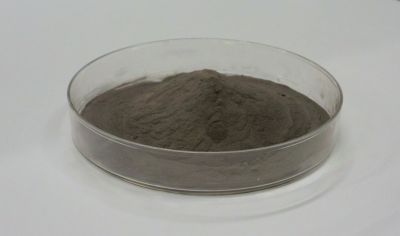Tanaka Holdings has announced that it has succeed in the development and formation of platinum-based metallic glass powder supporting selective laser sintering 3D printers.
The company also succeeded in developing platinum group metallic powder using nickel-based alloys with platinum and iridium additives, and manufacturing objects using them. Tanaka Kikinzoku Kogyo will have an exhibit at POWTEX TOKYO 2014, an exhibition to be held at Tokyo Big Sight from November 26 (Wed) until November 28 (Fri), 2014, and after showcasing these platinum group powder materials for the first time, sample delivery will commence December 1, 2014.
Tanaka Kikinzoku Kogyo obtained a patent for the composition of platinum-based metallic glass in 2004, and with this development, the company became the first in the world to powderize platinum-based metallic glass that can be used in existing selective laser sintering 3D printers by adjusting particle diameter and fluidity through the use of proprietary equipment. Tanaka Kikinzoku Kogyoalso developed two types of powder material using nickel-based alloys with platinum and iridium additives. Joint research was conducted with the Technology Research Institute of Osaka Prefecture, with the revelation of laser energy irradiation conditions optimized for the quality and shape of powder resulting in the successful manufacture of objects made of platinum, platinum-based metallic glass and nickel-based alloy with iridium additive. This marks the world’s first formation of platinum-based metallic glass using 3D printers. Tanaka Kikinzoku Kogyo will provide platinum group metallic powder, in addition to processing the diameter size of platinum group metallic powder particles, proposing formation in the manufacture of platinum group alloys, and manufacturing objects depending on requests from customers.
Platinum group metals have a high melting point and are durable, but many — especially alloys — have poor workability such as cutting and plastic forming, and there were limitations in the shapes available using existing forming methods. Enabling these materials to be formed using 3D printers makes it possible to form complex shapes and manufacture complex products using materials with different melting points. This development is expected to lead to small lot production of a diverse range of products requiring corrosion resistance such as medical materials, and the expansion into industrial products with specialized components in areas requiring heat resistance such as the automotive industry and the aerospace industry. Tanaka Kikinzoku Kogyo aims for annual sales of 400 million yen by FY2020 with the provision of platinum group metallic powder materials for 3D printer use.
Read more at ENGINEERING.com


